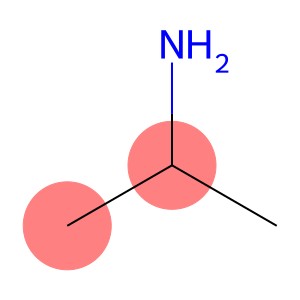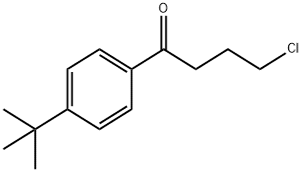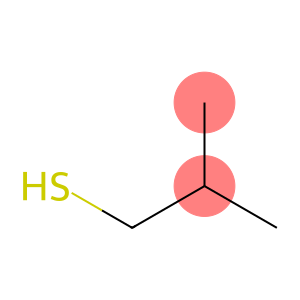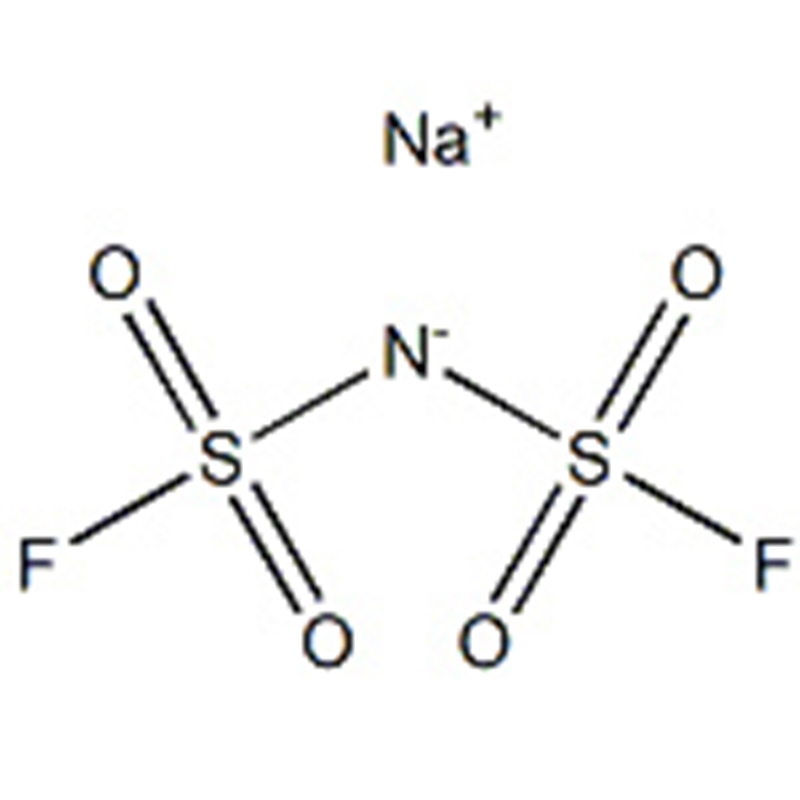Isopropylamine CAS 75-31-0
| Risk Codes | R12 – Extremely Flammable R36/37/38 – Irritating to eyes, respiratory system and skin. R37 – Irritating to the respiratory system R35 – Causes severe burns R25 – Toxic if swallowed R20/21 – Harmful by inhalation and in contact with skin. |
| Safety Description | S16 – Keep away from sources of ignition. S26 – In case of contact with eyes, rinse immediately with plenty of water and seek medical advice. S29 – Do not empty into drains. S45 – In case of accident or if you feel unwell, seek medical advice immediately (show the label whenever possible.) S36/37/39 – Wear suitable protective clothing, gloves and eye/face protection. |
| UN IDs | UN 1221 3/PG 1 |
| WGK Germany | 1 |
| RTECS | NT8400000 |
| FLUKA BRAND F CODES | 34 |
| TSCA | Yes |
| HS Code | 2921 19 99 |
| Hazard Class | 3 |
| Packing Group | I |
| Toxicity | LD50 orally in rats: 820 mg/kg (Smyth) |
Introduction
Isopropylamine, also known as dimethylethanolamine, is a colorless liquid with a pungent odor. The following is an introduction to the properties, uses, preparation methods and safety information of isopropylamine:
Quality:
Physical properties: Isopropylamine is a volatile liquid, colorless to light yellow at room temperature.
Chemical properties: Isopropylamine is alkaline and can react with acids to form salts. It is highly corrosive and can corrode metals.
Use:
Dosage modifiers: Isopropylamines can be used as solvents and drying regulators in paints and coatings to improve the quality of products.
Battery electrolyte: due to its alkaline properties, isopropylamine can be used as an electrolyte for some types of batteries.
Method:
Isopropylamine is usually prepared by adding ammonia gas to isopropanol and undergoing a catalytic hydration reaction at the appropriate temperature and pressure.
Safety Information:
Isopropylamine has a pungent odor and should be used with attention to ventilation and personal protective measures to avoid direct inhalation or contact with the skin and eyes.
Isopropylamine is corrosive and should be prevented from contact with the skin, eyes and mucous membranes, and if contact occurs, it should be immediately rinsed with plenty of water and medical attention should be sought promptly.
When storing, isopropylamine should be stored in a dry, cool, well-ventilated place, away from fire sources and oxidants.








